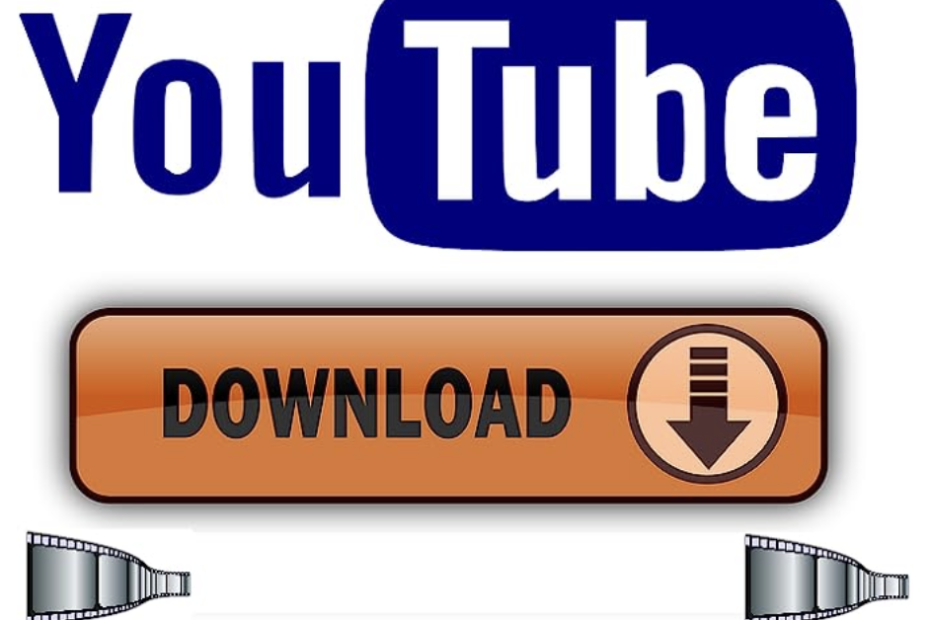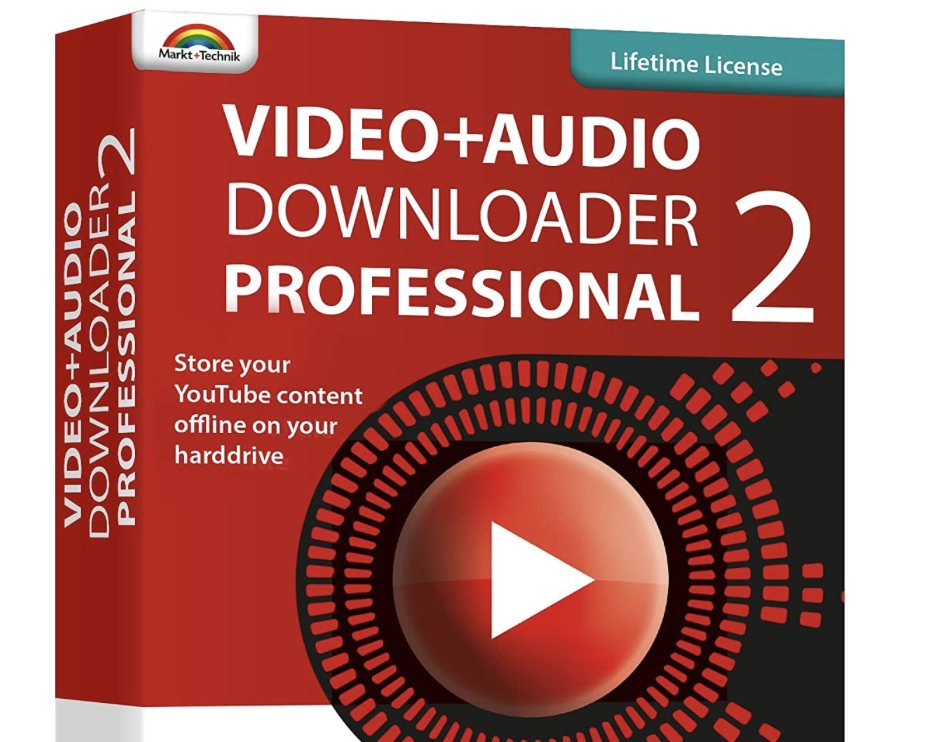To convert a YouTube to MP4 files, you can follow these quick steps.
- Find the YouTube video you want to convert: Open your web browser and go to YouTube’s website (www.youtube.com). Use the search bar at the top of the page to find the video you want to convert to MP4. Once you’ve found the video, click on it to open it.
- Copy the video URL: Look at the address bar at the top of your web browser. It should display the URL (web address) of the YouTube video you’re currently watching. Select the entire URL and copy it. You can do this by right-clicking on the URL and selecting “Copy” from the context menu that appears, or by using the keyboard shortcut Ctrl+C (or Command+C on Mac).
Now go and get a video downloader app, like this one:
Choosing a Video Converter
- Choose a YouTube to MP4 converter website: Open a new browser tab and search for a reputable YouTube to MP4 converter website. Some popular options include AgileYoutubeDownloader, Video and Audio Downloader Pro, or Prism Video Converter. These applications allow you to convert YouTube videos to MP4 format. Please note that the availability and reliability of converter apps may vary over time. Once you’ve chosen a converter app, click on the link to access it.
- Paste the YouTube video URL: Once you are on the chosen YouTube to MP4 converter website, you will typically find an input field or box where you can paste the YouTube video URL. Right-click inside the input field and select “Paste” to insert the copied YouTube video URL. Alternatively, you can use the keyboard shortcut Ctrl+V (or Command+V on Mac) to paste the URL.
- Adjust any additional options (if available): Some YouTube to MP4 converter websites may provide additional options or settings that you can adjust before starting the conversion process. These options might include video quality, resolution, or file size. Take a moment to review these settings and make any desired changes if necessary. However, if you’re fine with the default settings, you can skip this step.
- Start the conversion process: Once you have pasted the YouTube video URL and adjusted any optional settings, look for a “Convert” or “Start” button on the converter website. Clicking on this button will initiate the conversion process. The website will then start processing the YouTube video and converting it into the MP4 format. The duration of this process can vary depending on factors such as the length of the video and the speed of the converter website. You might need to wait for a few moments or even longer, depending on the size and complexity of the video.
- Download the MP4 file: After the conversion process is complete, the YouTube to MP4 converter website will provide you with a download link or button to retrieve the converted MP4 file. Look for a clear indication such as “Download MP4” or a similar label. The download link/button is usually displayed prominently on the website. Click on the download link/button to initiate the download.
- Choose a location and save the file: Once you click the download link/button, a file saving dialog box will typically appear on your screen. This dialog box allows you to choose a location on your computer or device where you want to save the MP4 file. Navigate to the desired location by using the folders listed in the dialog box or by manually entering the path. Once you’ve selected the location, click the “Save” or “Download” button (the specific button label may vary depending on your browser) to begin the download process.
Here is another youtube downloader app that works in the same way:
Common Features of Youtube Downloader Apps
YouTube downloader apps can vary in terms of features and capabilities, but here are some common features you can expect to find:
- Video downloading: YouTube downloader apps allow you to download videos from YouTube directly to your device. This is the primary feature of such apps, enabling you to save videos for offline viewing.
- YouTube downloader apps often provide the ability to choose the video format before initiating the download. Here are some common video formats you might encounter:
- MP4 (MPEG-4 Part 14): MP4 is the most widely supported video format and is compatible with various devices and media players. It offers a good balance between video quality and file size.
- FLV (Flash Video): FLV is a format commonly used for streaming video content. While it’s not as widely supported as MP4, it is still used on some platforms and devices.
- AVI (Audio Video Interleave): AVI is a popular video format often used in older devices and media players. It provides good video quality but can result in larger file sizes compared to more modern formats.
- MKV (Matroska Video): MKV is a container format that can hold multiple audio, video, and subtitle tracks in a single file. It supports various codecs and is known for its flexibility.
- WebM: WebM is an open media format primarily used for web-based video playback. It is popular for streaming videos online and is supported by many web browsers.
- Others: Depending on the YouTube downloader app, you might also find additional video formats, such as MOV, WMV, or 3GP. The availability of formats may vary based on the app and its supported features.
- Video quality selection: Along with format selection, YouTube downloader apps often provide options to choose the video quality. You can typically select from various resolutions, such as 240p, 360p, 720p, 1080p, or even higher resolutions. This feature allows you to download videos in the quality that suits your preferences or device capabilities.
- Audio extraction: Some YouTube downloader apps offer the ability to extract the audio from YouTube videos and save it as an audio file. This is useful if you only want to save the audio portion, such as music or podcasts, without downloading the entire video.
- Batch downloading: Many apps support batch downloading, which means you can add multiple videos to the download queue and download them simultaneously. This feature is convenient when you want to download multiple videos in one go.
- Download resuming: If the download process is interrupted due to a network issue or other reasons, some YouTube downloader apps allow you to resume the download from where it left off. This feature saves time and avoids having to restart the entire download.
- Video conversion: Some YouTube downloader apps also include video conversion capabilities. They allow you to convert downloaded videos from one format to another. This feature can be handy if you need to convert videos for compatibility with specific devices or software.
- Download history and organization: Many apps keep a history of your downloaded videos, making it easy to access and manage your saved files. Some apps also provide features for organizing your downloaded videos into categories or playlists for better organization and convenience.
- Built-in video player: Some YouTube downloader apps include a built-in video player, allowing you to watch downloaded videos within the app itself. This eliminates the need to switch to a separate media player.
Also Read:
10 Best Guitar Bridge Models on the Market
Epiphone Acoustic Guitar Models: Classic Sound with a Contemporary Twist
Jackson Guitars: The Perfect Weapon for Rock Players
Guitar Tricks Review And A Free Gift


